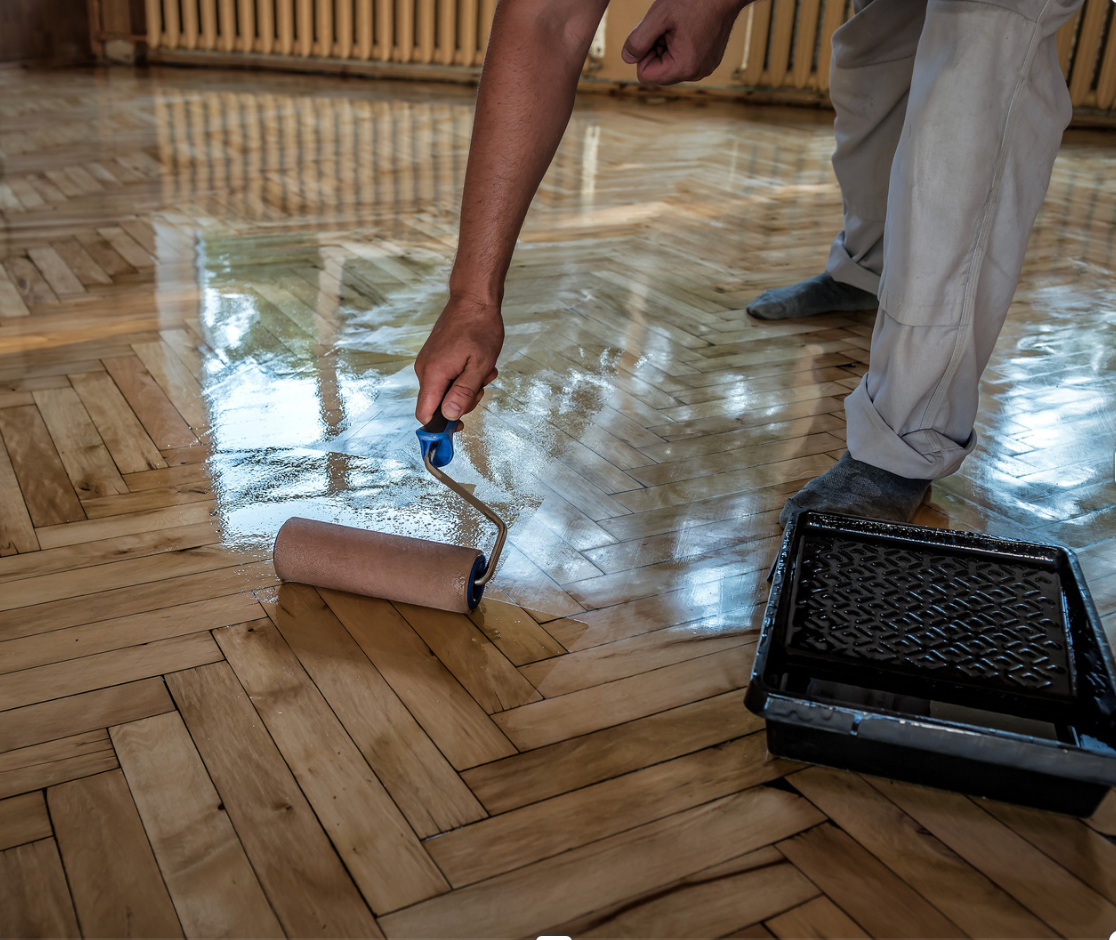Comparing Flooring Materials: Wood vs. Laminate
Wood vs. Laminate Flooring: Which Is the Best Choice for Your Home?
Choosing the right flooring material is crucial for both the functionality and aesthetic appeal of your home. Among the most popular choices are wood and laminate flooring, each offering distinct advantages and disadvantages. This comprehensive guide will help you understand the key differences between these two materials, enabling you to make an informed decision that suits your needs and preferences.
Understanding Wood Flooring
Types of Wood Flooring
Wood flooring comes in various types, including solid hardwood and engineered wood. Solid hardwood is made from a single piece of wood, while engineered wood consists of a top layer of real wood bonded to multiple layers of plywood or high-density fiberboard.
Pros of Wood Flooring
- Natural Beauty: Wood flooring offers a timeless, natural beauty that enhances the aesthetic appeal of any space.
- Durability: When properly maintained, hardwood floors can last for decades.
- Increased Home Value: Homes with hardwood floors often have higher resale values.
- Refinishing: Solid hardwood can be sanded and refinished multiple times, extending its lifespan.
Cons of Wood Flooring
- Cost: Wood flooring is generally more expensive than laminate.
- Maintenance: Wood floors require regular maintenance, including refinishing, to keep them looking their best.
- Susceptibility to Moisture: Wood can warp or swell when exposed to excessive moisture.
Understanding Laminate Flooring
Types of Laminate Flooring
Laminate flooring is composed of multiple layers, including a high-density fiberboard core and a photographic layer that mimics the appearance of wood, stone, or other materials. The top layer is a clear protective coating that enhances durability.
Pros of Laminate Flooring
- Cost-Effective: Laminate flooring is typically less expensive than wood flooring.
- Durability: It is highly resistant to scratches, dents, and stains, making it ideal for high-traffic areas.
- Ease of Installation: Laminate flooring often features a click-lock system, making it easier to install as a DIY project.
- Low Maintenance: Requires minimal upkeep compared to wood flooring.
Cons of Laminate Flooring
- Aesthetic Limitations: While high-quality laminates can closely mimic wood, they lack the authenticity and warmth of natural wood.
- Cannot Be Refinished: Unlike wood, laminate cannot be sanded or refinished. Once it is damaged, it must be replaced.
- Susceptibility to Water Damage: Although more water-resistant than wood, prolonged exposure to moisture can cause laminate to swell and warp.
Comparing Wood and Laminate Flooring
Cost Comparison
Wood flooring, especially exotic or high-quality hardwoods, is generally more expensive than laminate. The cost of installation is also higher for wood due to the need for professional installation.
Durability and Longevity
Both materials are durable, but wood has the advantage of being refinished, which can significantly extend its lifespan. Laminate, while durable, will need to be replaced once it shows significant wear.
Aesthetic Appeal
Wood flooring offers a unique, natural look with variations in grain and color that laminate cannot fully replicate. Laminate, however, can mimic a wide variety of materials and styles, providing more versatility in design.
Maintenance Requirements
Wood flooring requires more maintenance, including regular cleaning, refinishing, and protection from moisture. Laminate is easier to maintain with routine sweeping and occasional damp mopping.
Environmental Impact
Wood is a natural, renewable resource, especially when sourced from sustainably managed forests. Laminate is made from composite materials and can include recycled content, but it is not biodegradable.
Making the Decision: Which Is Right for You?
Consider Your Lifestyle
If you have a busy household with pets and children, laminate flooring may be the better choice due to its durability and low maintenance requirements. For those who value aesthetics and are willing to invest in maintenance, wood flooring can add significant beauty and value to your home.
Budget Constraints
For budget-conscious homeowners, laminate provides a cost-effective solution that doesn't compromise on durability and style. However, if budget allows, investing in wood flooring can be worthwhile for its longevity and classic appeal.
Room-Specific Recommendations
- Living Areas: Both wood and laminate are suitable, but wood adds a touch of elegance and warmth.
- Kitchens and Bathrooms: Laminate is more resistant to moisture, making it a better choice for these areas.
- Bedrooms: Wood flooring can create a cozy and inviting atmosphere in bedrooms.
Choosing between wood and laminate flooring involves weighing the pros and cons of each material. Consider factors such as cost, durability, aesthetic appeal, and maintenance requirements to determine the best option for your home. Whether you opt for the timeless elegance of wood or the practical benefits of laminate, both materials can significantly enhance the beauty and functionality of your living space.
You might also like
Book a Service Today
We will get back to you as soon as possible
Please try again later
SPEAK TO A TEAM MEMBER TODAY
Navigation
Navigation
All Rights Reserved | Brookline Flooring




